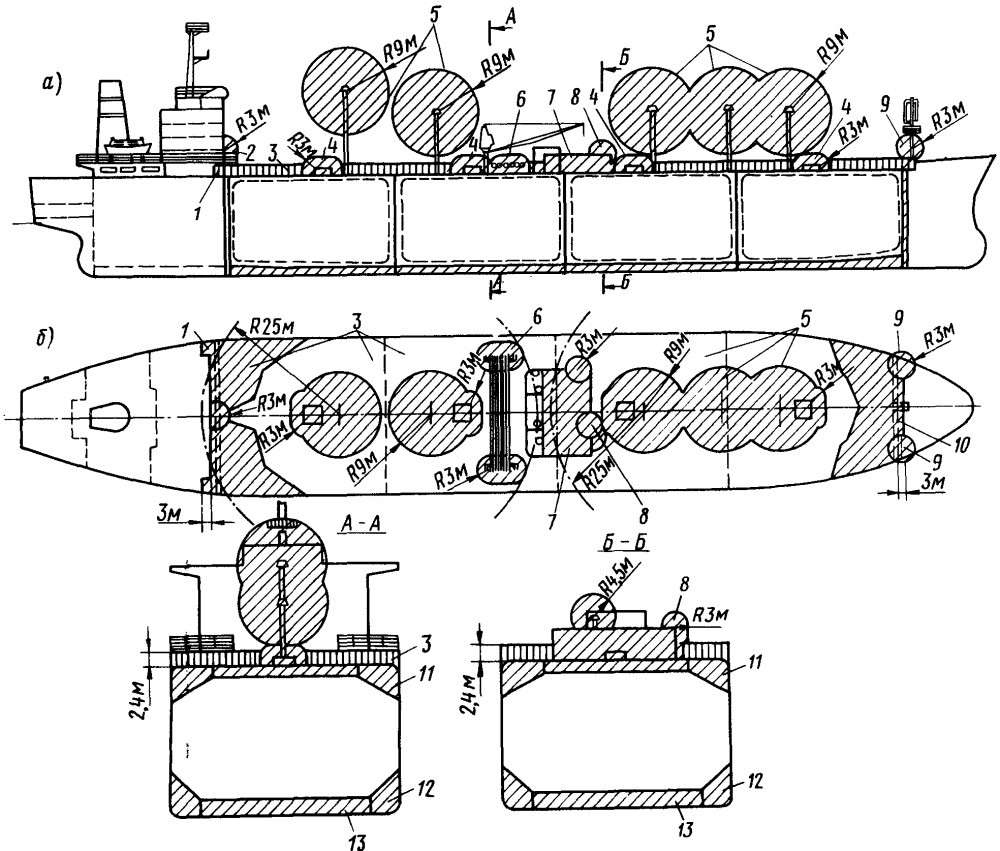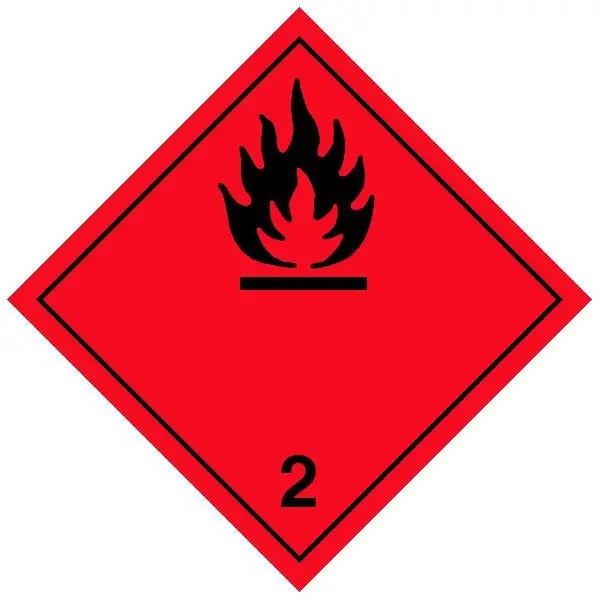- Position:
- 2nd engineer
Risks of working on gas carrier

The first gas carrier (liquid gas carrier) had a deadweight of only 5034 tons, but as liquefied gas storage technologies developed, seagoing vessels began to rapidly increase in size. Today, the largest LNG carrier in the world has a deadweight of 128,900 tons.
This is the vessel "MOZAH", owned by Qatar and launched in 2008. Its capacity is 266 thousand cubic meters of gas, and its length is 345 meters. The width of the vessel is 53.8 meters. Its construction was carried out by the South Korean company Samsung Heavy Industries, one of the world's leading shipbuilding centers. The gas carrier flies the flag of the Marshall Islands and supplies LNG from Qatar to terminals in Western Europe.
Currently, in China, the Hudong-Zhonghua company is planning to implement a project to build an LNG carrier with a capacity of 270 thousand cubic meters, which will make it the largest ship in the world in its class.
Vessel characteristics

- The huge dimensions of the vessel (345x53 meters) and a draft of 12 meters allow us to take on board a larger amount of cargo, which has a positive effect on the cost of transportation.
- The vessel’s gross capacity is 163,922 tons, and its deadweight is 128,900 tons, which allows it to transport up to 266 thousand cubic meters of liquefied natural gas.
- At the same time, the equipment on board maintains the temperature of the cargo at -163 degrees.
- The two-stroke diesel engine of the German company MAN has a power of 58,390 horsepower and a maximum speed of 91 rpm.
Main hazards on gas carriers

The main danger on ships carrying liquid gas is the cargo itself. Gas liquefied at low temperatures is a flammable substance that ignites when there is a sudden release of energy (explosion). The height of the flame can reach 150 meters with a long burning period.
Main risks on sea-going gas transportation vessels:
- Risk of explosion of cargo and fuel.
In most cases, tank ships use gas as fuel. In the event of a violation of safety regulations or in emergency situations, a fuel explosion occurs with catastrophic consequences for the ship and a high risk of death for the crew. The most dangerous areas in this case are the engine room and compressor rooms of cargo tanks. In this regard, the fire safety systems used must comply with the requirements of the ISO 14520 standard and use carbon dioxide.
Safety measures include the complete elimination of the formation of sparks, as well as providing ships with modern fire safety systems, appropriate training and equipment for the crew. Recently, ultrasonic fire extinguishing systems have become increasingly widespread.
Over the past decade, there have been several cases of serious fires on ships around the world with deaths and missing persons, so safety issues must always remain a top priority.
- Danger of gas vapor explosion.
After changing from liquid to gaseous state, the gas expands 625 times. In the event of depressurization of cargo tanks, a cold vapor mist is formed almost instantly. In the process of mixing with air, it heats up to temperatures leading to ignition.
It must be taken into account that LNG is not only highly flammable and causes strong detonation with a tendency to recur, but is also stored on board ships in a refrigerated state (-163 degrees). Despite the use of thermal insulation materials, metal ship structures under the influence of subzero temperatures acquire additional fragility, which creates additional risks for leaks.
- Natural gas leaks.
If LNG is spilled, it does not pose a risk under normal conditions as it evaporates quickly. For this reason, at first the issue was not given due attention, until, during one of the spills, a ship collision occurred, followed by an explosion and numerous casualties.
- Fumigation of premises.
The process of mixing gas vapors with the surrounding air as a result of LNG leaks, which can result in poisoning of ship crew members.
To reduce the risk of such leaks, increased attention is required to:
- filters;
- shut-off valves with manual control;
- electromagnetic valves;
- electronically controlled throttle valves.
Risk reduction

The main means of reducing the risk of gas leakage is to equip ships with more modern and reliable systems, as well as increasing attention to issues of loading and unloading operations, and so on.
The most widespread today are:
- Security systems providing improved insulation of cargo tanks and an expanded set of controls.
- Improving systems for ensuring the safety of ship handling at marine terminals.
- Optimization of emergency response systems to the occurrence of emergency situations, compliance with the conditions for organizing safe navigation.
At the same time, the main dangers on LNG ships are associated precisely with the risks of fire, since when gas leaks and dissolves in water, it quickly evaporates without harm to the environment. Risks arise only in the presence of high concentrations of gas vapors that can ignite under certain conditions.
One of the ways to reduce the risks of fumigation is to have effective ventilation, as a result of which gas vapors are removed from the interior into the environment.
The first transportation of liquefied gases by sea vessels began in the 60s of the last century, since then several tens of thousands of such flights have already been recorded. The greatest danger has always been the risk of a gas explosion. That is why such ships pose a serious danger. Taking into account their growing size, in the event of an explosion they can cause not only the death of the ship itself and its crew, but also serious damage to other ships and port infrastructure.
Increased attention to transportation issues, both in terms of the reliability of cargo facilities, the use of modern control and monitoring systems, and the high level of professional training of the crew and personnel of onshore terminals, makes it possible to make LNG transportation quite safe. At the same time, natural gas is safe for the environment, as it is a product of natural origin.
- Position:
- Chief engineer
- Position:
- Electrician engineer
- Position:
- 2nd engineer
- Position:
- Electrician engineer
